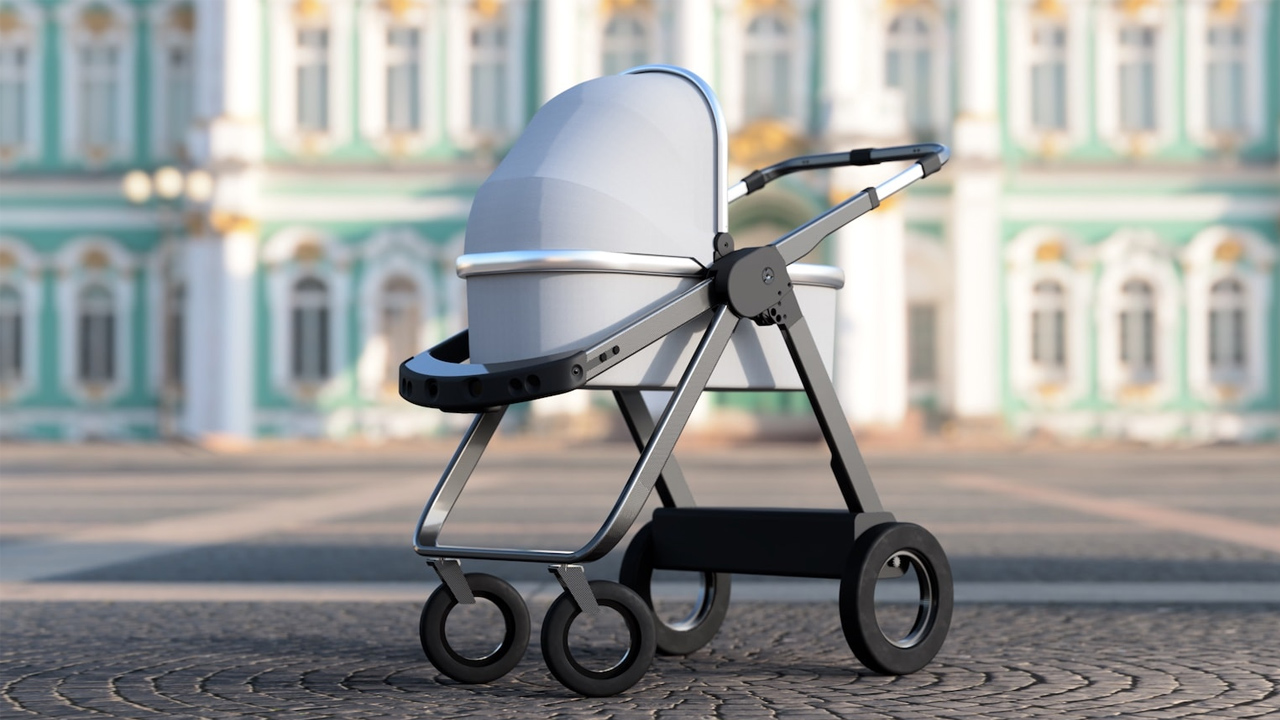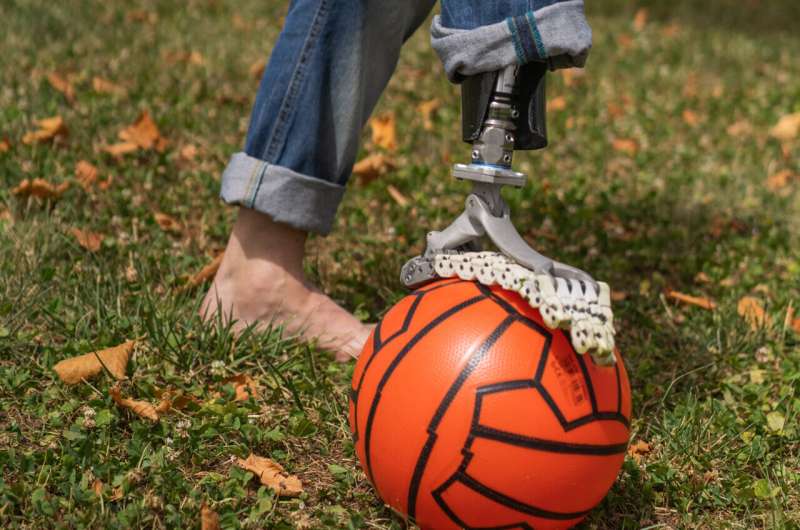In a bold move that signals a new era in service robotics, Pudu Robotics has introduced its latest innovation: the PUDU D7. This first-generation "semi-humanoid" robot represents a significant leap forward in the company's strategic vision, promising to reshape the landscape of robotic applications across various industries.
The Dawn of Semi-Humanoid Robotics
Pudu Robotics, a Chinese company based in Shenzhen, has been making waves in the service robotics sector for years. With over 80,000 units deployed in sectors ranging from retail to healthcare, the company has established itself as a frontrunner in specialized robotic solutions. However, the unveiling of the PUDU D7 marks a pivotal moment in their journey—and potentially, in the evolution of service robotics as a whole.
Felix Zhang, founder and CEO of Pudu Robotics, expressed his excitement about the new release: "The PUDU D7 highlights our commitment to continuous technological and product innovation. Featuring advanced mobility, versatile operational capabilities, and embodied intelligence, this semi-humanoid robot marks a significant milestone in our pursuit of a diverse range of robotic solutions."
But what exactly is a semi-humanoid robot, and why is it causing such a stir in the industry?
Defining the Semi-Humanoid Niche
The concept of semi-humanoid robots was introduced by Pudu earlier this year as part of their long-term strategic vision. These robots are designed to bridge the gap between specialized robots (developed for specific tasks) and fully humanoid robots (best suited for complex human-machine interactions).
The PUDU D7 embodies this concept perfectly. Standing at about 65 inches (165 cm) tall and weighing 99 pounds (45 kg), it features a human-like upper body with robotic arms, mounted on a fully omnidirectional wheeled chassis. This unique design allows it to combine the dexterity and adaptability of humanoid robots with the stability and efficiency of wheeled platforms.
Technical Specifications and Capabilities
The PUDU D7 is not just a conceptual breakthrough; it's a technological marvel. Here are some of its key features:
- Bionic Arm: Extends to around 25.5 inches (65 cm) with 30 degrees of freedom, expandable to 50 degrees with a dexterous hand attachment.
- Battery Life: Powered by a battery exceeding 1 kWh, enabling over 8 hours of continuous operation.
- Mobility: 360-degree omnidirectional movement with a maximum speed of 2 m/s (4.4 mph), stable on slopes up to 10 degrees.
- Lifting Capacity: The robotic arms can lift 22 pounds (10 kg), with end-point precision reaching 0.1 mm.
These specifications allow the PUDU D7 to excel in a variety of tasks, from elevator operation and item transport to complex sorting operations.
The Brain Behind the Brawn: Multi-Layered Intelligence
What truly sets the PUDU D7 apart is its advanced AI system. Pudu has equipped the robot with a multi-layered intelligence system that merges data-driven embodied intelligence with cutting-edge AI model strategies.
This hierarchical control system, often described as having "high-level planning" and "low-level planning" components, allows the PUDU D7 to manage both abstract, strategic tasks and real-time, sensory-based actions. In practical terms, this means the robot can understand and respond to complex service scenarios while continuously learning and refining its operations over time.
The Future of Service Robotics
Pudu Robotics envisions a future where specialized robots, semi-humanoid robots like the PUDU D7, and fully humanoid robots coexist, each addressing different needs within the service sector. This comprehensive ecosystem aims to enhance operational efficiency and customer experience across various industries.
The company's strategy could lead to a future where robots can perform a wide range of tasks across diverse environments, from retail floors to industrial settings. With nearly 1,000 authorized patents worldwide, Pudu is well-positioned to lead this robotics revolution.
Market Impact and Future Prospects
While Pudu expects to fully commercialize the PUDU D7 in 2025, its unveiling has already sent ripples through the robotics industry. The semi-humanoid concept is not entirely new—in April, Rainbow Robotics introduced the RB-Y1, a mobile robot with a wheeled base and two robotic arms. However, Pudu's comprehensive vision and the advanced capabilities of the PUDU D7 set it apart in this emerging category.
As the lines between specialized robotics and humanoid robotics continue to blur, the PUDU D7 represents a significant step towards more versatile, adaptable robotic solutions. Its potential applications span multiple industries, from retail and hospitality to healthcare and education.
A New Chapter in Robotics
The introduction of the PUDU D7 marks more than just the launch of a new product; it signals the opening of a new chapter in the story of service robotics. By bridging the gap between specialized and humanoid robots, Pudu Robotics is not only expanding its own portfolio but also pushing the boundaries of what's possible in robotic applications.
As we look towards a future where robots play an increasingly significant role in our daily lives, innovations like the PUDU D7 offer a glimpse of the exciting possibilities that lie ahead. Whether it's assisting customers in retail environments, supporting healthcare workers in hospitals, or taking on complex tasks in industrial settings, the era of semi-humanoid robots is just beginning—and Pudu Robotics is leading the charge.


















